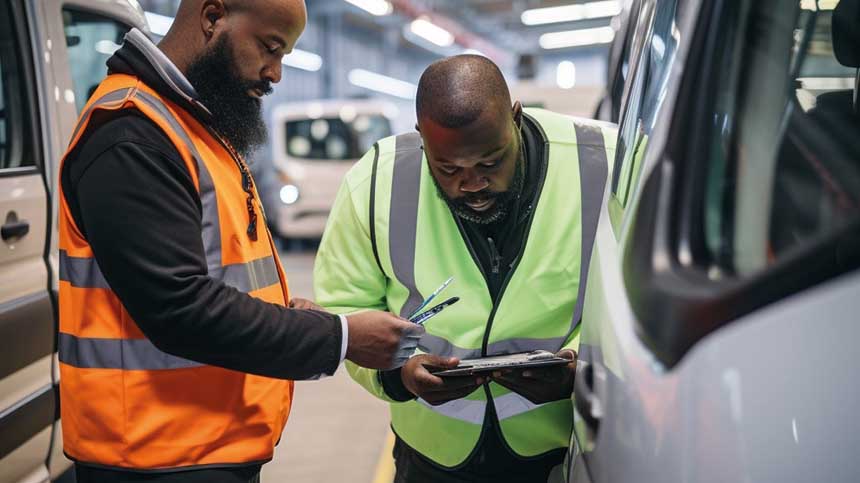Top tips for EV transition

- 20/12/2023
- Posted by: Alan Feldberg
- Category: News
E-fleet solution provider VEV has shared its insights into what fleet owners need to do to ensure a successful transition to electrification.
It has addressed challenges around inflation, infrastructure and investment, and identified the practical steps fleet managers need to take in the next 12 months.
Mike Nakrani, CEO of VEVsaid: “When correctly implemented electric fleets can save energy and maintenance costs, bolster sustainability credentials and provide access to low carbon contracts. Also, electrification and in turn digitisation provides more efficient operations enabling lower costs and higher margins versus today’s diesel fleets. The fleets that are recognising this now will maximise their value over the next two years and get an edge over their competitors.”
He continued: “Power supply, cost optimisation and upskilling for EVs are the key factors fleets need to prioritise next year. Support such as the government’s recently announced £70m scheme for boosting motorway service area charging, and its commitment to install 300,000 public electric vehicle chargepoints by 2030, are welcomed and will help reinforce confidence in EV range.
“However, fleets themselves still need to work smartly to develop their own optimised charging solutions and vehicles within their budgets. Working with an electrification partner to upskill their teams on obtaining vehicle and energy data, interpret it, and use it to make better decisions is also critical.
“We predict an upsurge in the adoption of electrification-as-a-service next year to help manage the upfront financial burden. It’s a model that moves the EV investment from capex to opex through a managed service rather than purchasing the entire fleet and infrastructure, and it’s one that fleet managers are increasingly becoming interested in.”




